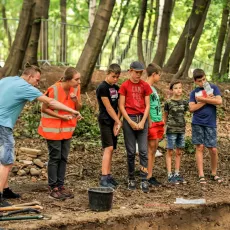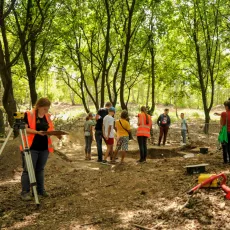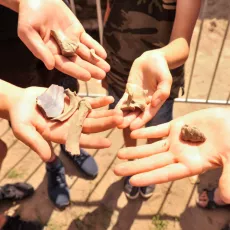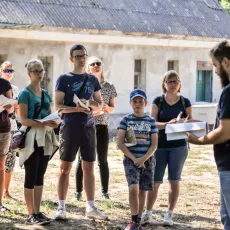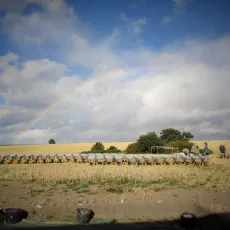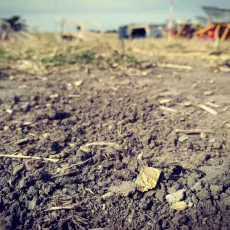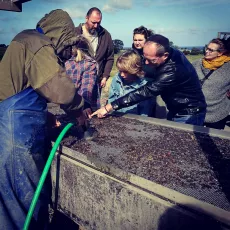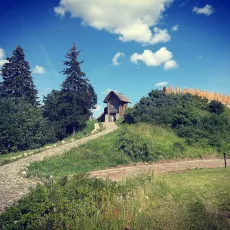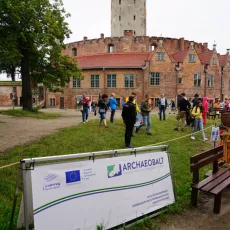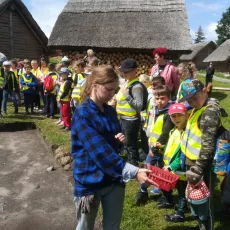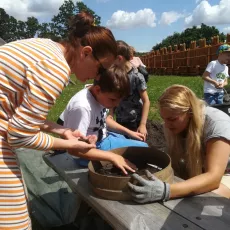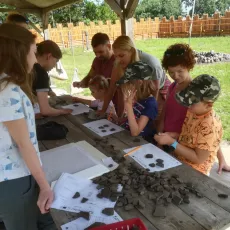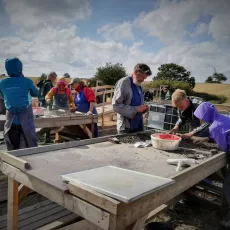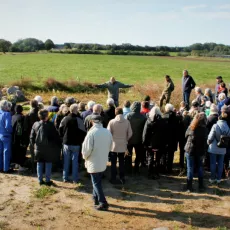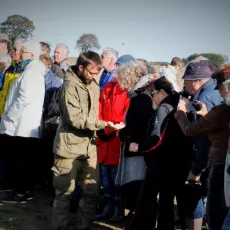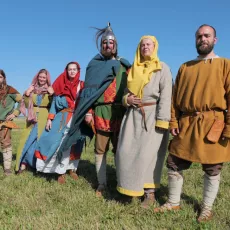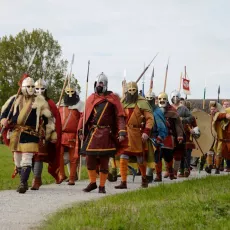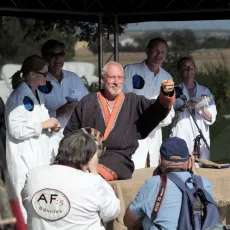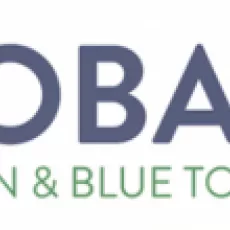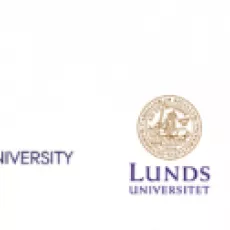ArchaeoBalt
ArchaeoBalt

Laying fixed foundations for innovative Archaeotourism - a new "green" Archaeoroute in the Southern Baltic Sea Region
The fascinating archaeological heritage of the Baltic remains relatively unknown and still conceals many mysteries. This means that its touristic potential is still under-developed, especially through archaeology. The ArchaeoBalt Project invites you to locate the hidden heritage of the Baltic region that lies beneath the soils of Denmark, Poland and Sweden. The project rests on two pillars. The first is high-quality, interdisciplinary, international research conducted jointly by university and museum units participating in the project. The second is the activities and cultural-educational initiatives accompanying the archaeological research (webinars, open lectures, exhibitions, open days, workshops, festivals, board and VR games, a network of archaeological centres, etc.). This allowed for the development of a new way of promoting the common archaeological heritage, increasing traffic and extending the tourist season in the region, and creating a new brand - sustainable green and blue archeotourism.
Five unique archaeological sites from different periods have been selected for the project, enabling the creation of diverse narratives. Some of them have the status of historical monuments important for the region and a given country. These are Sorte Muld (Bornholm, Denmark), Smørenge (Bornholm, Denmark), Uppåkra (Skåne, Sweden), Stronghold in Owidz (Pomerania, Poland), Wisłujście Fortress (Gdańsk, Poland)
The project will ultimately develop a new way to promote our common cultural heritage through many activities, boosting the tourist exchange in the South Baltic Sea Region through a new brand – sustainable Green and Blue Archaeotourism.
The project aims to promote common touristic assets and to create profitable – green and blue profitable touristic route. The long-term aim of the project is to connect universities, museums and touristic industry for development of an archaeoroute, to integrate the existing ideas and routes to improve the existing routes and offers and develop touristic offer. The specific project objective is to create strategy for Archaeotourism in South Baltics Sea Region and its implementation tools. The project ArchaeoBalt will deliver four main outputs, explicitly:
- South Baltic Sea Region Cross-border resources for sustainable archaeotourism through their history, culture and nature.
- South Baltic Sea Region Green and Blue Archaeoroute as alternative for traditional tourism.
- Pilot investment in . South Baltic Sea Region –innovative presentation of SBSR heritage.
- Archaeotouristic centers network- the network of involved institutions.
The project ArchaeoBalt comprises six work packages and includes activities that will have great social and economic impact.
The project is co-financed by European Development Found within Interreg South Baltic Programme 2014-2020.
Full title: Laying fixed foundations for innovative Archaeotourism - a new "green" Archaeoroute in the Southern Baltic Sea Region (ArchaeoBalt)
Project total eligible budget: 2 013 301,00 EUR
ERDF: 1 587 442,15 EUR
Project start date: 24.07.2018
Project end date: 31.12.2022
Lead partner: University of Gdańsk
Project partner: Museum of Gdańsk, University of Aarhus, Museum of Bornholm, Lund University
More about project:
Polska wersja językowa / Polish version






